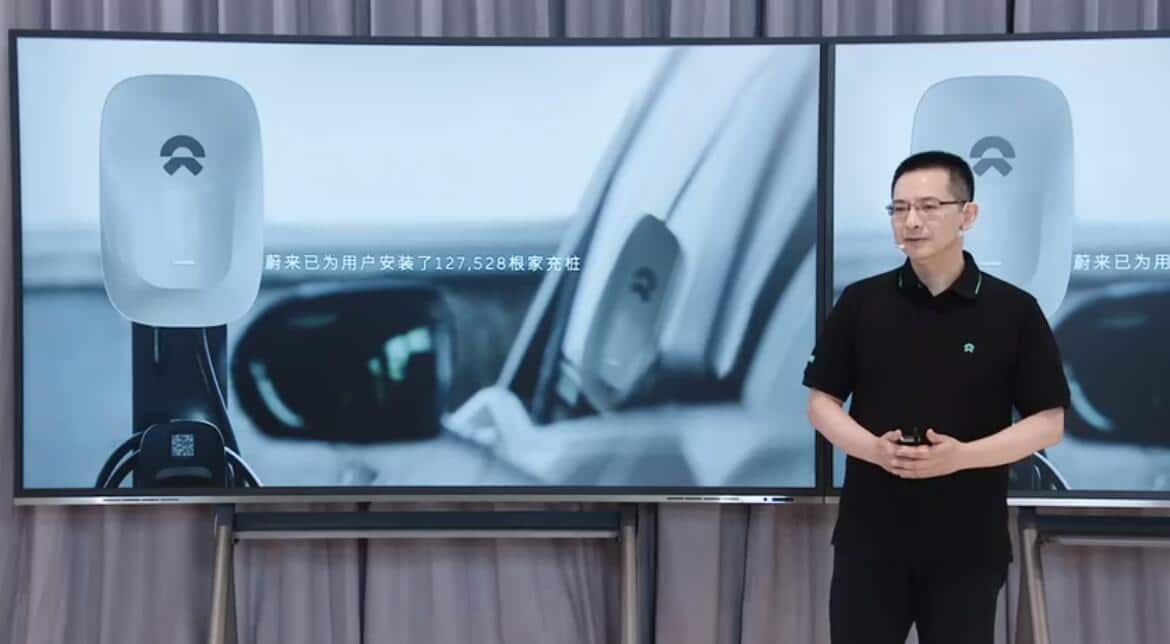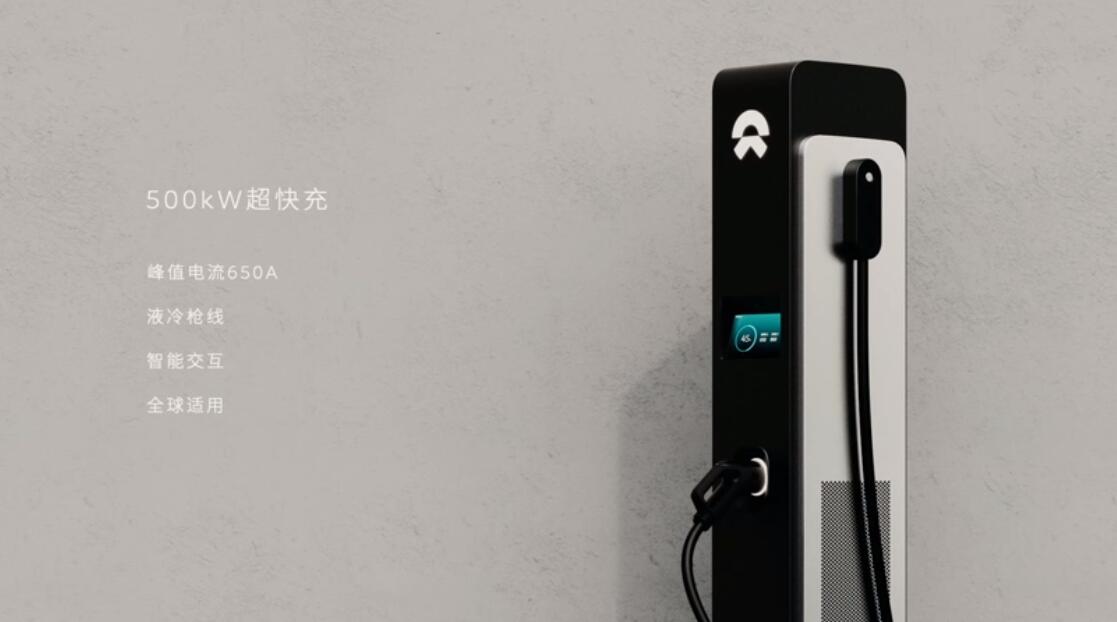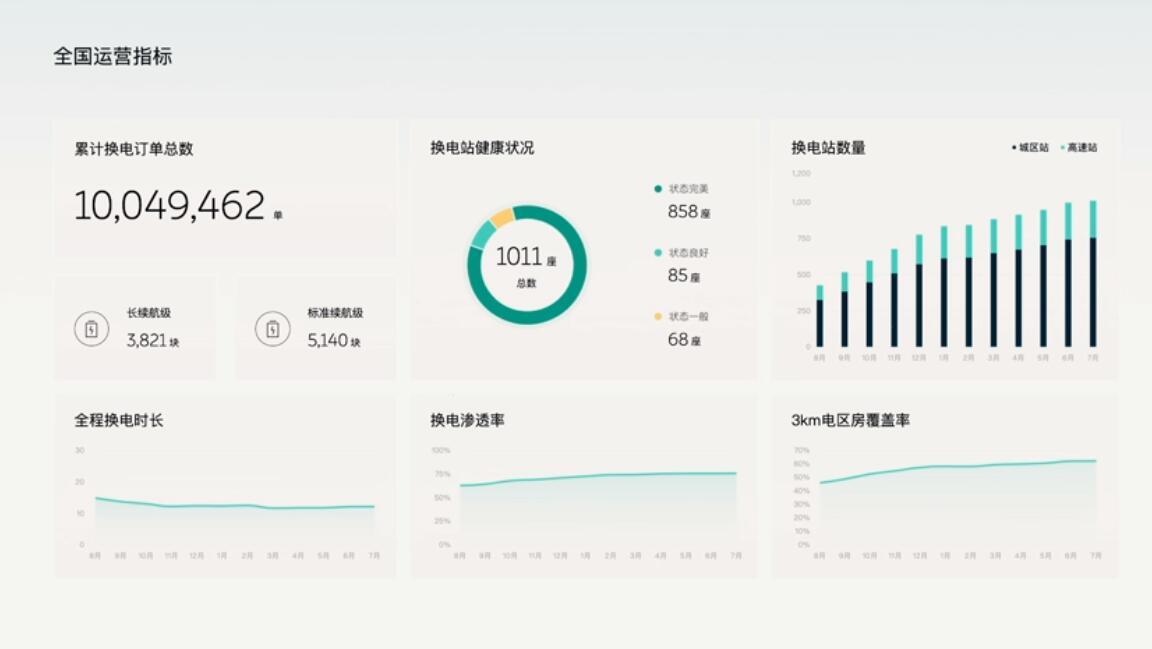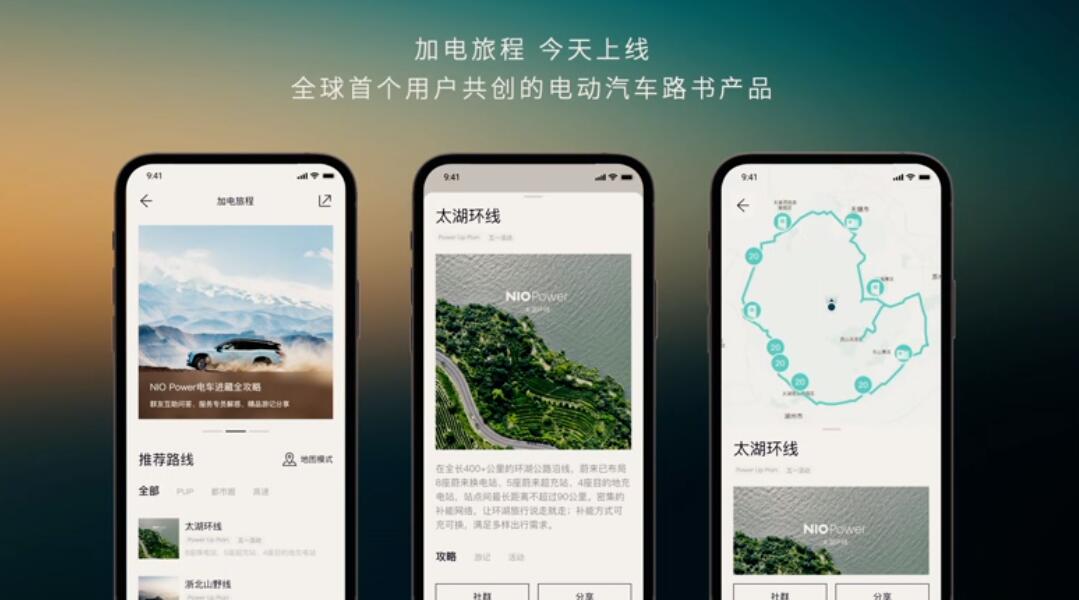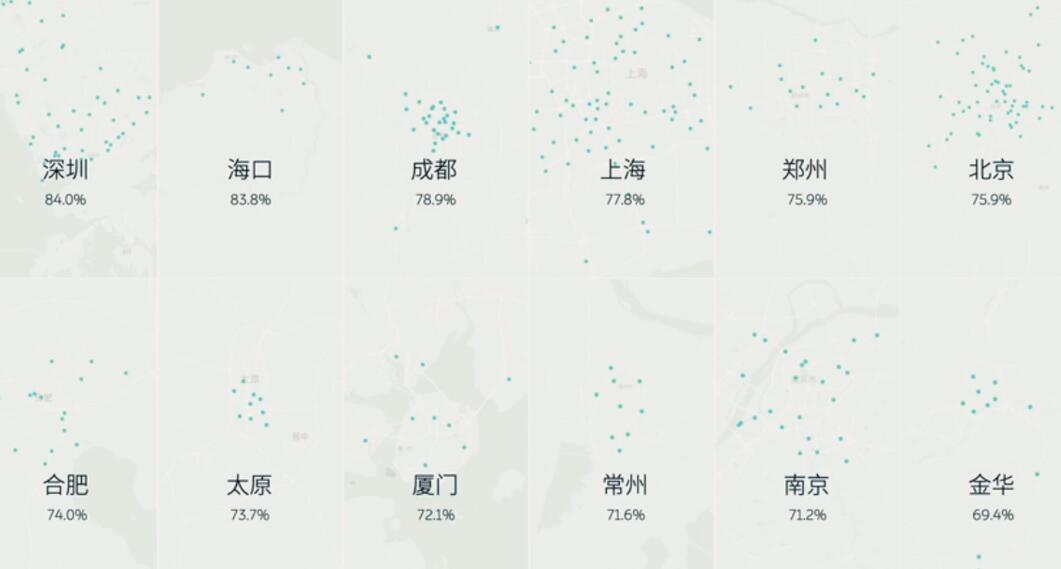Nio will begin installing 500-kW ultrafast charging piles in China and Europe by the end of the year, and details of the third-generation swap station expected to be announced by the end of the year or early next year.
Nio (NYSE: NIO, HKG: 9866, SGX: Nio) today held its second annual Nio Power Day event, unveiling the company's latest plans on energy replenishment facilities.
The company has developed 500-kW ultra-fast charging piles with peak currents of 650 A that will begin installation in China and Europe by the end of the year, said Nio co-founder and president Qin Lihong.
Qin didn't provide more details, but it appears to be a response to similar plans recently announced by its local peers, including Xpeng Motors (NYSE: XPEV, HKG: 9868).
Xpeng plans to start mass deployments of its 480-kW next-generation supercharging piles in the fourth quarter, thus significantly improving the charging experience, the company's chairman and CEO He said in a conference call after announcing its first-quarter report on May 23.
Xpeng's new-generation supercharging piles charge four times faster than those currently available on the market and 12 times faster than mainstream charging stations, Mr. He said on Weibo June 14.
Vehicles can get 200 kilometers in as little as five minutes of charging time, and can charge the battery from 10 percent to 80 percent in 12 minutes, He said.
The latest information released by Nio implies that the ultra-fast charger has 20kW more charging power than Xpeng's next-generation product.
It's worth noting that Nio's vehicles support fast charging just like other electric vehicles, in addition to the ability to swap batteries at its signature battery swap stations.
At today's Nio Power Day event, Qin also teased the company's third-generation battery swap station, saying it will have a larger capacity and more flexible layout.
Nio's third-generation battery swap station is nearing the end of development and is being tested and will be detailed by the end of the year or early next year, Qin said, without providing further details.
The company put 12 new battery swap stations into operation in China today, bringing the total to 1,011 and officially crossing the 1,000th milestone.
Its initial 200 battery swap stations were first-generation facilities, and the company put its first second-generation battery swap station into service on April 15, 2021, making it Nio's 201st battery swap station.
Nio's second-generation battery swap stations can store up to 13 batteries and have a maximum daily service capacity of 312 times. In comparison, the first-generation battery swap stations store up to 5 batteries and have a maximum daily service capacity of 120 times.
Nio also showed the Nio Power Cloud backend interface at today's event, showing that to date, Nio's battery swap stations store a total of 8,961 batteries, including 3,821 long-range batteries and 5,140 standard-range batteries.
This seems to be an indirect response to a recent short-selling report that said Nio had inflated the number of batteries.
Nio also said it will complete a highway battery swap network with full coverage of nine vertical, nine horizontal highways and 19 urban clusters by 2025.
The following is a live transcript of the event from CnEVPost.
Nio is holding Nio Power Day 2022 event online, the company's other major annual event in addition to Nio Day.
CnEVPost is providing live text coverage and will update this article as soon as important content is available. The latest content will be placed at the top.
Nio is developing next-generation high-voltage platform technology, and the 800 V high-voltage platform battery pack and its battery swap system are open to the whole industry.
Nio's third-generation battery swap station is nearing the end of its development and is being tested and will be introduced in detail by the end of the year or early next year.
Nio unveils 500-kW ultra-fast charging post with 650 A peak current, installation is expected to begin in China and Europe by the end of the year.
By 2025, Nio will have a battery swap network in China covering 9 vertical highways, 9 horizontal highways and 19 urban clusters.
By 2025, more than 90 percent of Nio users will have at least one battery swap station within three kilometers of their homes.
Nio reiterates that it will have more than 4,000 battery swap stations worldwide by 2025, 1,000 of which will be located overseas.
Nio is testing the use of stored batteries to provide power to the grid at a battery swap station. If this method is used on a large scale, it is expected to reduce the costs of battery swap stations.
Nio has completed vehicle-to-grid testing and will get it into application scenarios in the future.
Nio uses digital twin technology to simulate the operation of real battery swap stations in digital space.
To date, Nio's battery swap stations store a total of 8,961 batteries, including 3,821 long-range batteries and 5,140 standard-range batteries.
A total of 80 percent of the power provided by Nio's supercharging piles is used by other brands of electric vehicles. Qin is calling on all EV brands to open up their charging piles to all users.
Nio launched Power-up Trips, an electric vehicle roadbook product co-created by users, in its mobile app.
Nio has 256 battery swap stations along highways in China, and they have provided a total of 1.7 million battery swaps to users. To date, Nio has 1,011 battery swap stations in China.
A total of 62.1 percent of Nio users have at least a battery swap station within a 3km radius of their homes, with the highest percentage in Shenzhen at 84 percent.
Nio has installed a total of 127,528 home charging piles for customers.
To date, Nio's one-click power-up has provided 821,350 services.
Nio co-founder and president Qin Lihong is presenting data on the company's replenishment infrastructure.

